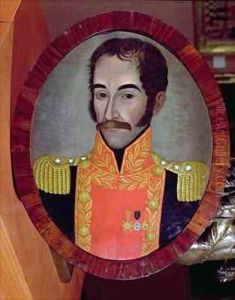Pedro Jose de Figueroa Paintings
Pedro Jose de Figueroa was a Spanish painter whose life and work were primarily associated with the city of Córdoba, Spain. Born in 1576, he was a prominent figure in the Spanish Baroque movement, although much less known than some of his contemporaries like Diego Velázquez or Francisco de Zurbarán. Figueroa’s artistic journey began in the environment of ecclesiastical patronage, which was a significant source of work for artists of his time.
Figueroa's style was influenced by the Mannerist and early Baroque artists. His work includes religious themes, which were typical of the Counter-Reformation period in Spain, characterized by an emphasis on piety and didacticism. He was known for his altarpieces and devotional images, which were designed to inspire the faithful and enhance the spiritual experience within the churches. The use of dramatic lighting and realistic detail in his paintings are elements that align him with the broader Baroque movement, yet he maintained a distinctive approach that can be seen in the unique expressiveness of his figures and the subtle use of color.
Despite his contributions to Spanish art, much of Figueroa’s life and work remain less documented compared to his contemporaries. This lack of extensive records has made it difficult for art historians to fully assess his impact and to attribute some works with certainty. He is believed to have had a workshop and possibly trained several apprentices, which was a common practice at the time. His influence would have been felt among local artists and may have helped shape the artistic landscape of Córdoba during the early 17th century.
Pedro Jose de Figueroa passed away in 1636. His works remain as a testament to his skill and are part of the cultural heritage of Spain. While he may not be as widely recognized as some of his peers, his contributions to Spanish Baroque art continue to be appreciated by art historians and enthusiasts. His paintings can be found in various churches and collections, where they continue to be studied and admired for their artistic value and historical significance.
